From dubious mermaids to harsh prison conditions: how Fred Little documented Bristol a century ago
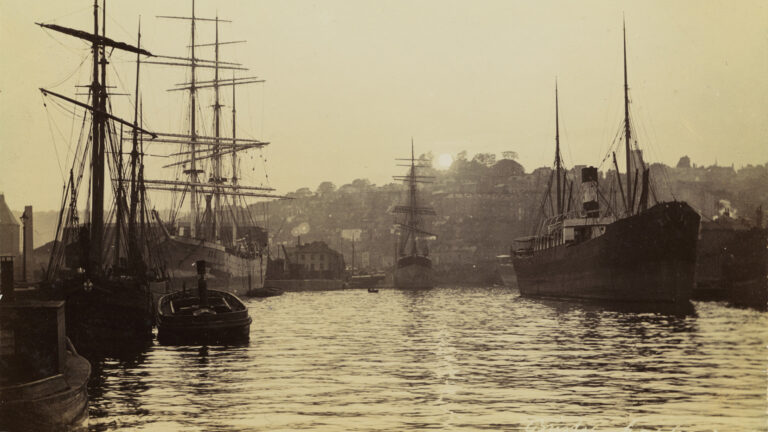
An atmospheric shot of Bristol’s docks (credit: Fred Little Photography)
The year is 1875, a torrent of wind and rain attempts to bring down the banks of the old Rownham Ferry Crossing. Hours later, as the harsh gales soften to a gentle breeze, a raven-haired figure washes up on the muddy headlands of Hotwells.
There is a charge… fishermen and passers-by jostle for position. Then, a collective rub of eyes as – right in front of them and covered in brine, eyes full of sadness and a small cleft upon its chin – a mermaid lies on the shore.
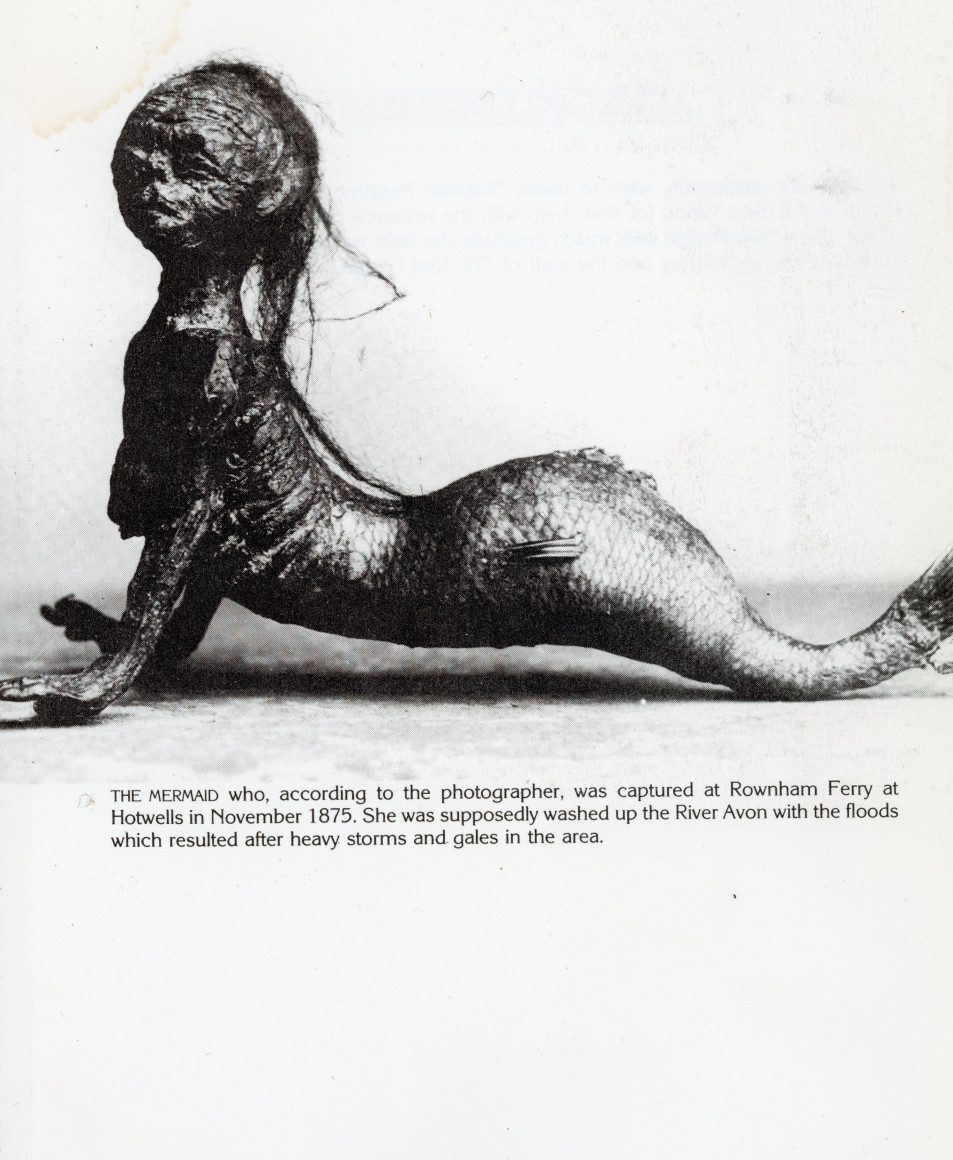
No evidence remains to support this version of events, but it is where my imagination has taken me after viewing the unsettling photograph of ‘The Hotwells Mermaid’. It was created years later by Fredrick George Little and featured in Della Moorcroft and Neil Campbell Sharp’s 1988 book Bristol in Old Photographs – From the Fred Little Collection.
Little was a Bristolian photographer, publisher and creator of handmade photographic postcards. Born in Easton in 1874, his work has appeared in most visual histories of early 20th-century Bristol.
Underneath the picture in Moorcroft and Campbell’s book, a caption reads: “The mermaid who according to the photographer, was captured at Rownham Ferry Hotwells in November 1875. She was supposedly washed up the River Avon with floods which resulted after heavy storms and gales in the area.”
Unfortunately, the Cable was unable to contact either author to clarify this story and local papers from the 1870s listed on the British Newspaper archive, contain no mention of a mermaid being found in Bristol. So, perhaps the mystery of the Hotwells mermaid is destined to remain unsolved.
Documenting – and embellishing – an era
But Gavin Roberts, who set up the Fred Little website nine years ago to catalogue the photographer’s distinctive work, offers a pretty convincing explanation.
“Victorians loved sticking things together,” he explains, before highlighting how the mermaid was probably an example of creative taxidermy, comprising the parts of two animals that had been sewn together.
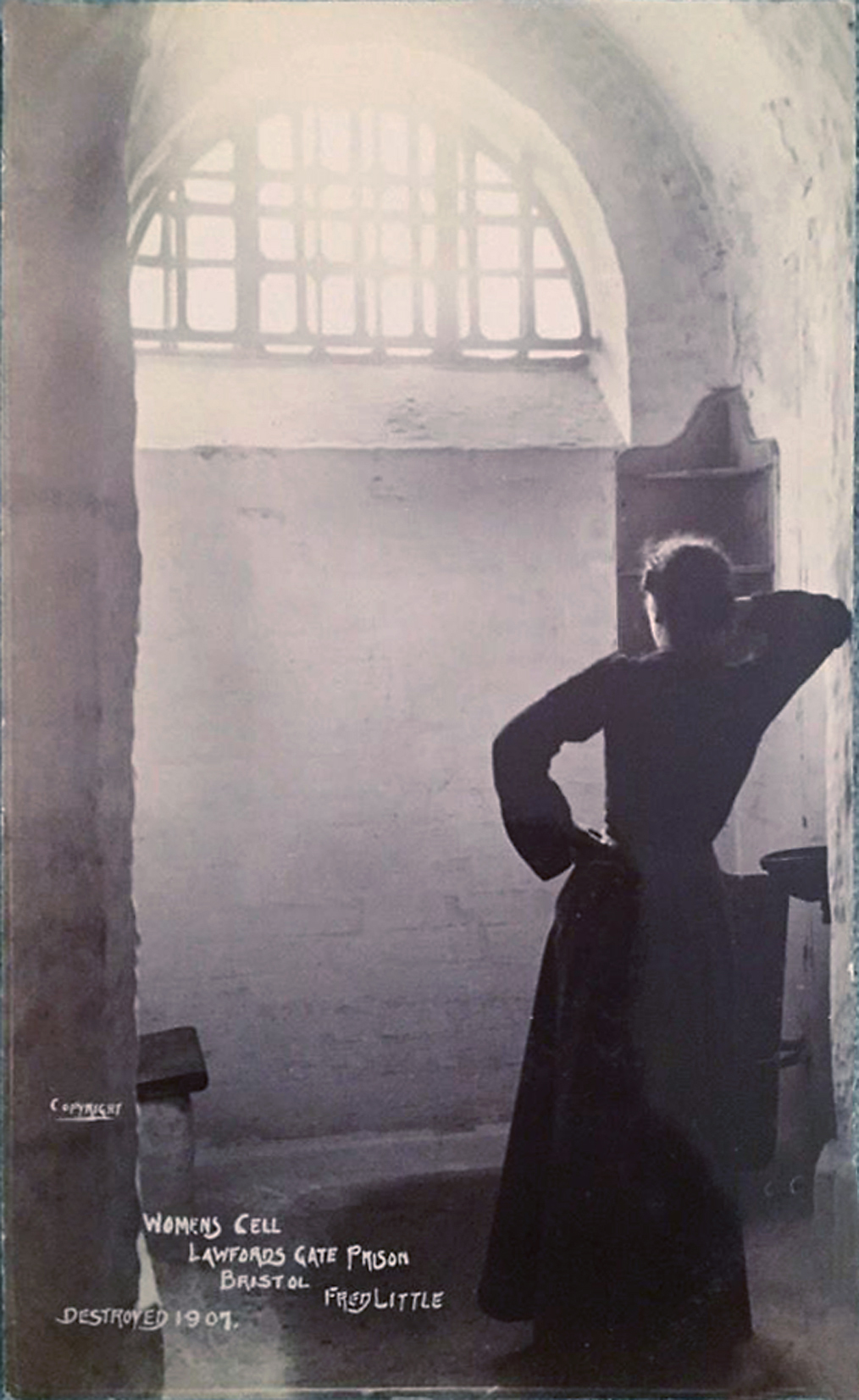
A quick search on the internet offers several examples of the age where supposed sirens were made with the upper torso of a shaved monkey and the tail of a salmon. Gavin’s view seems even more plausible after he highlights how Little’s brother Arthur owned an antiques shop. Gavin speculates that Arthur Little may have even specialised in curious and macabre antiques such as the ‘Hotwells Mermaid’.
What we know for sure is that Fred Little was adept at capturing – and at times embellishing – the buildings, streets and significant events of Bristol around the turn of the 20th Century.
Little used glass-plate negatives that were exposed to light and transferred to photographic paper, in order to create postcards which he sold from his shop on Castle Mill Street.
“It [was] quite labour intensive” as he was creating each postcard almost individually,” says Gavin. As a result, “there would be a limit as to how many he would produce in a day”.
Gavin has collected what he believes “must be getting on to 1000” of Little’s pictures, but imagines that the photographer probably produced tens of thousands of postcards, between around 1901 and the early 1920s.
At a time when horses and carts skirted the streets, and before newspapers contained photographs, Little’s postcards were often the closest thing to actual visual evidence of a celebration, crime or significant event that Bristolians could find in their city.
‘Almost like tabloid journalism’
In one of his most striking postcards, a captured German submarine takes pride of place in Bristol Harbour. In another haunting image the conditions of a Victorian era women’s prison cell are shown unedited.
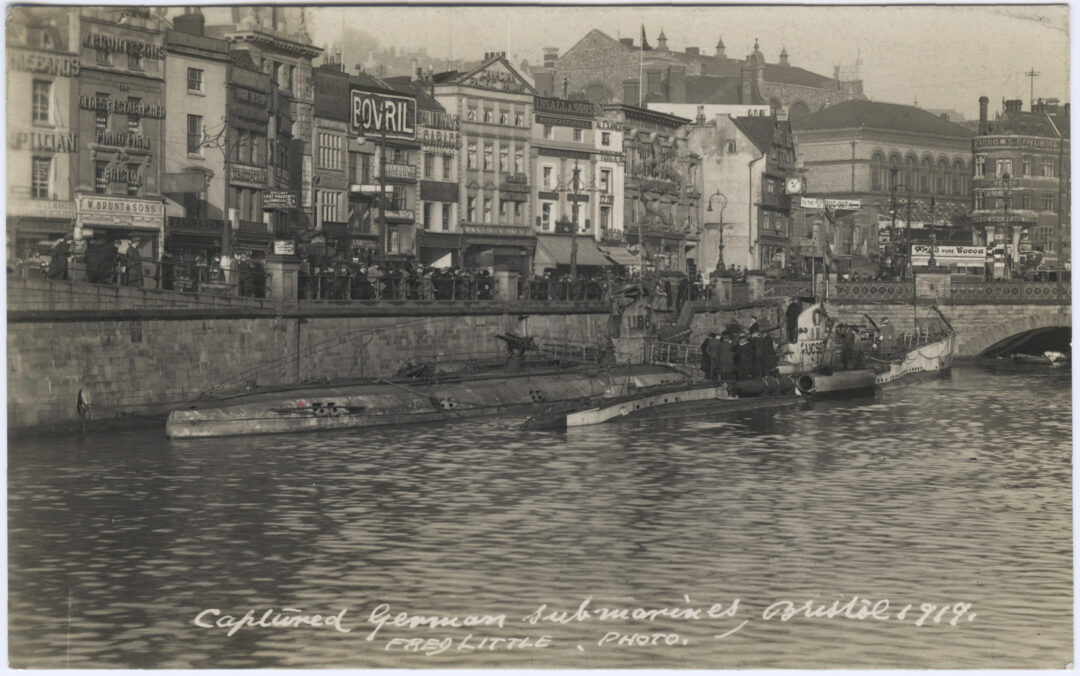
However, in many of Little’s images he would paint fire, rainwater or even, on occasion, a blimp over the glass photographic plates. Gavin tells the Cable the photographer “seemed to realise that by adding more flames and smoke, you would sell more postcards”.
“It’s almost a form of tabloid journalism,” he says. Yet, the postcards also possess an unmistakable artistic flair and elegance. They also show us that Fred Little was a man with a sense of humour who wanted his postcards to entertain as well as inform.
Gavin explains how a lot of Edwardian photographers were solely interested in documentation and history, but thinks that Little “must have sensed things were changing in Bristol”. Many of his postcards showcase the construction and demolition of buildings.
One image even resonates almost eerily with climate concerns today – a postcard in which Little paints a rowing boat and water over Stokes Croft’s High Street. It is captioned: “What Stokes Croft will look like if we get much more rain.”
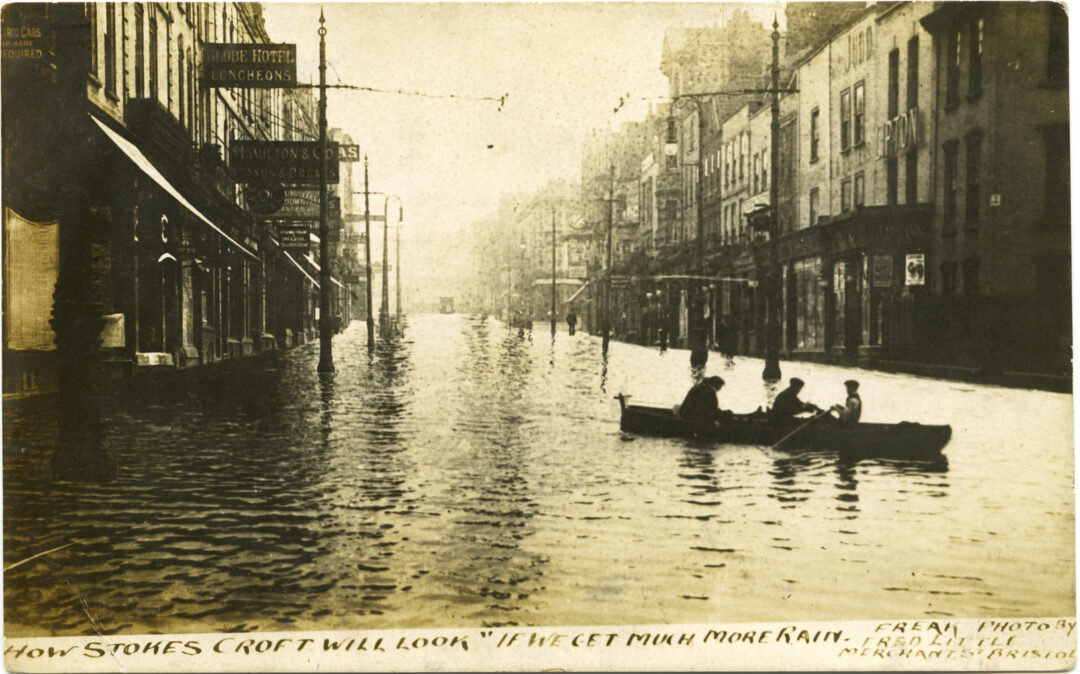
Sadly, after the First World War postcards fell out of fashion and it is believed Little had to sell photographic equipment and antiques to make a living until 1937, when he retired. He spent the remaining 16 years of his life in the village of Failand, where his grave still stands.
Over a hundred years after Little was photographing the streets of Bristol, it is not known whether any of his relatives are alive or are aware of his work. But thankfully many of his postcards have survived – with a fresh trove being discovered in a Bristol camera shop just a few years ago.
The images reveal a city that was changing rapidly, and evoke an imaginative photographer who had the ability to amuse, inform and confuse all those who bought his work.
Independent. Investigative. Indispensable.
Investigative journalism strengthens democracy – it’s a necessity, not a luxury.
The Cable is Bristol’s independent, investigative newsroom. Owned and steered by more than 2,500 members, we produce award-winning journalism that digs deep into what’s happening in Bristol.
We are on a mission to become sustainable, and to do that we need more members. Will you help us get there?
Join the Cable todayGavin Roberts runs the Fred Little website as a historical resource rather than for any commercial benefit. He is keen for more people to contact him if they have any of Fred’s postcards or have any information about Fred Little’s life.


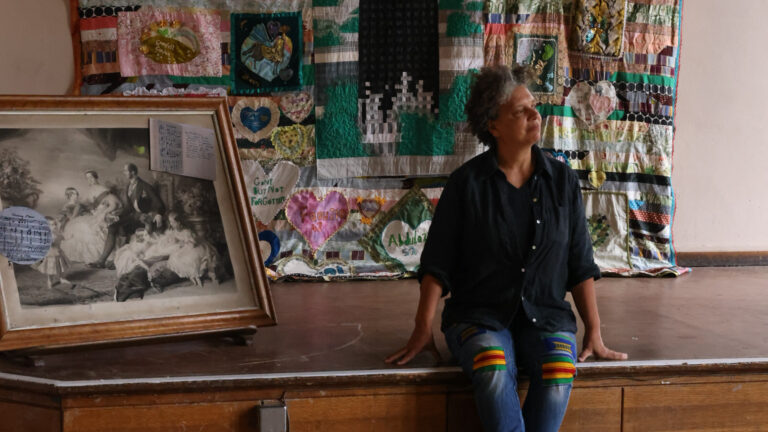

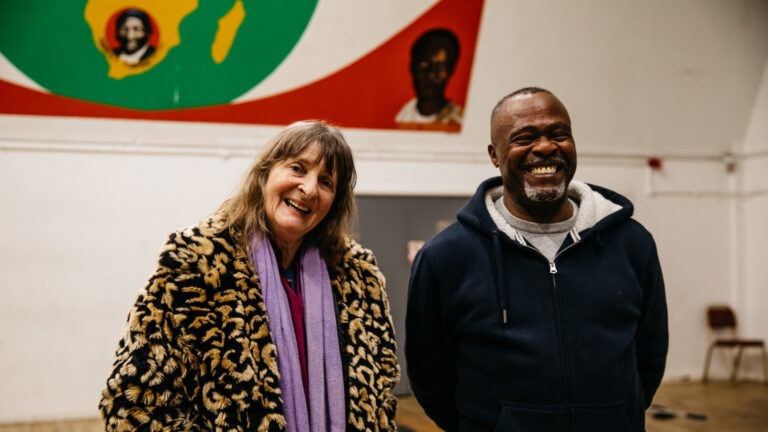
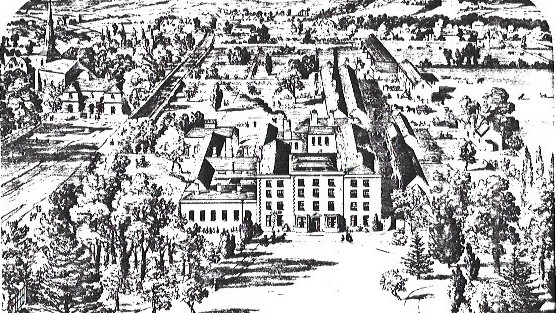

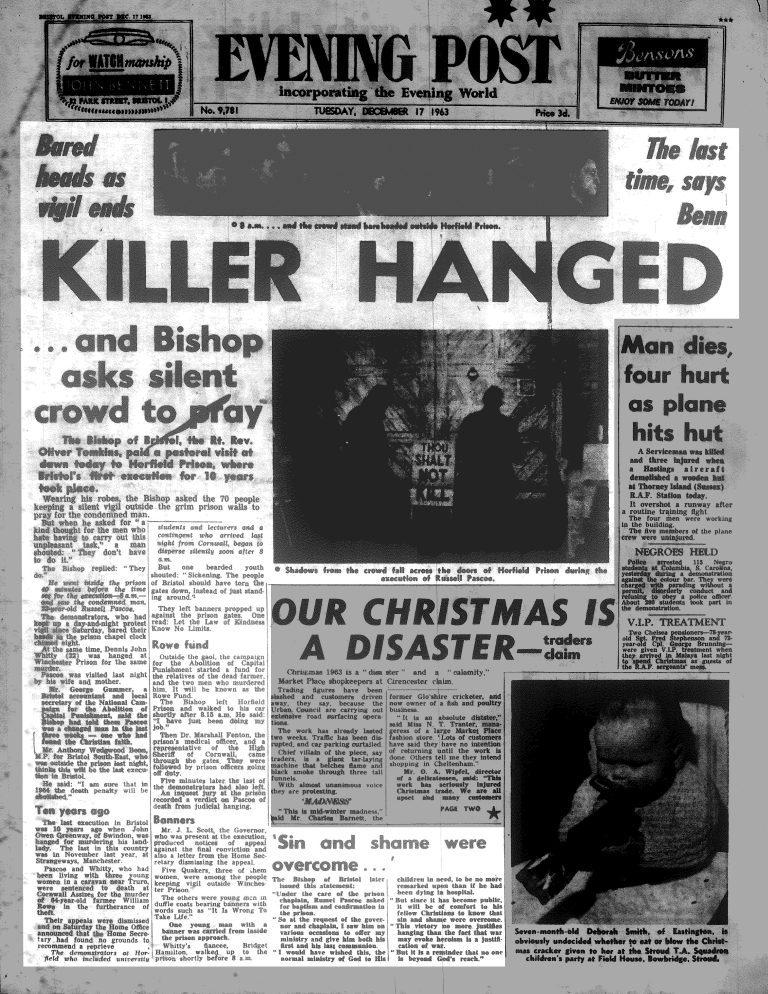

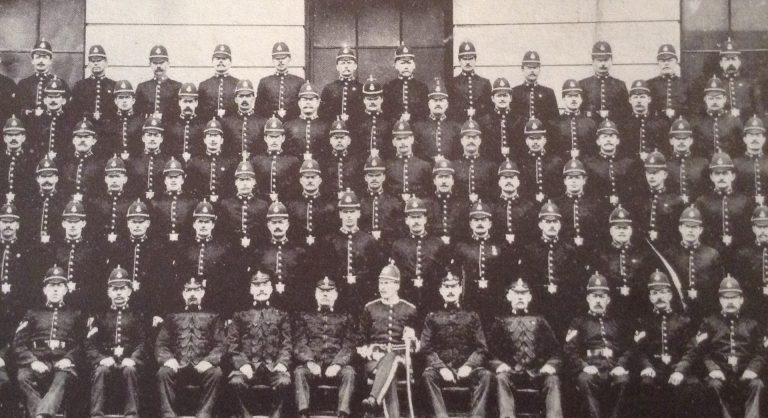

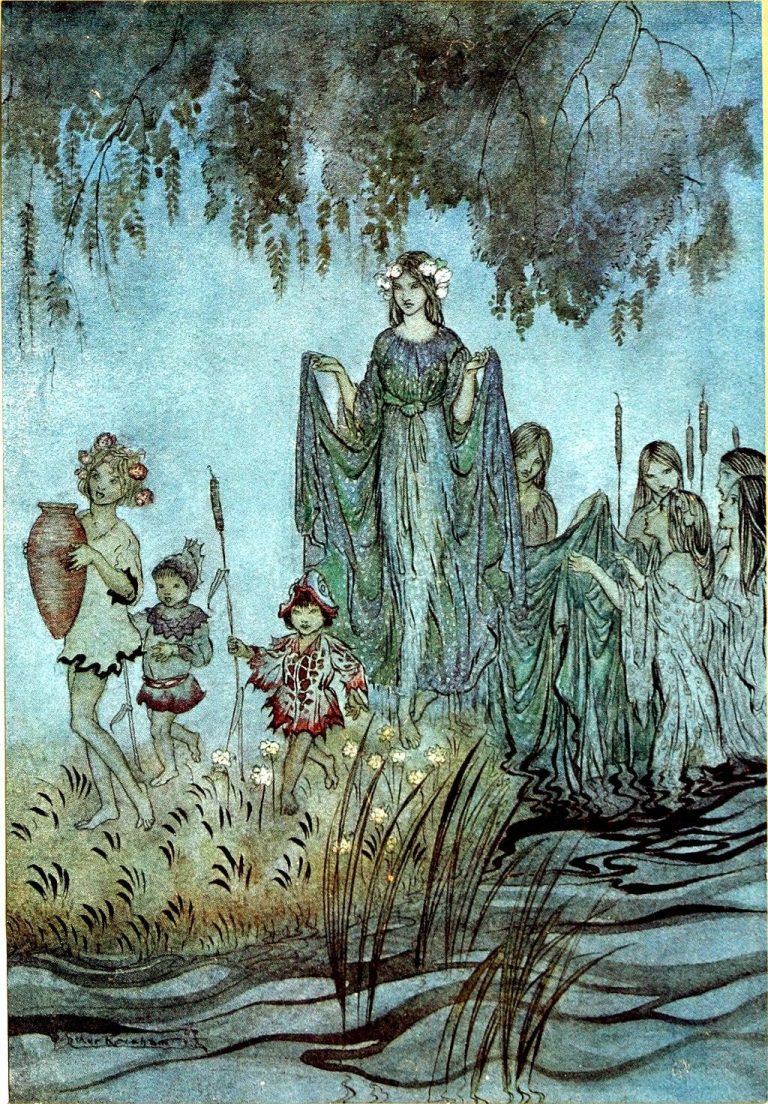


Report a comment. Comments are moderated according to our Comment Policy.
Michal,
I have enjoyed your historical account of the Bristol Gasworks. My daughter Michael is visiting England this month and I had asked her to spend a day in Bristol, one of our ancestral homes. You mentioned John Breillatt, my great-great-great grandfather in your history. I was hoping my daughter could take a few photos of the gasworks building and possibly find a working street gaslight.
Your article was timely, I don’t believe any of our family has visited England since John’s son Phillip Paul emigrated to Canada and eventually the U.S. in 1870’s.
Sincerely, Phillip Paul Denney nee Breillatt